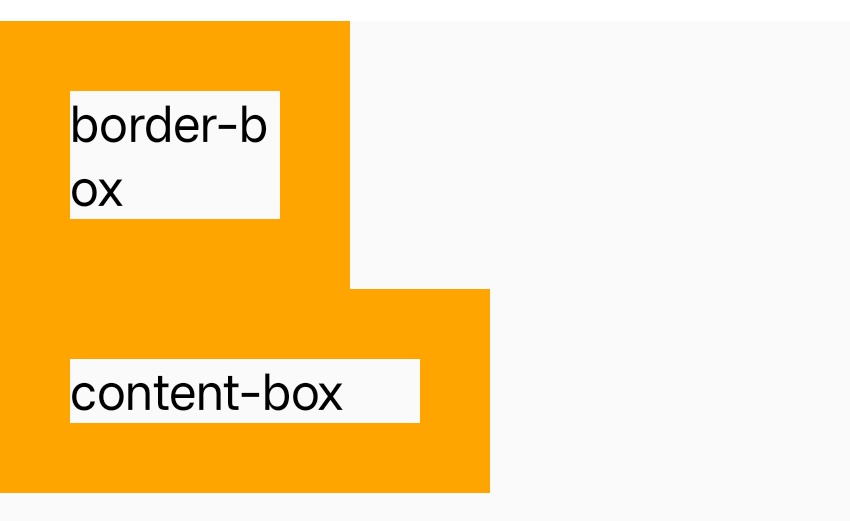width
Introduction
The width CSS property specifies the width of an element. By default, the property defines the width of the border area. If box-sizing is set to content-box, however, it instead determines the width of the content area.
The min-width and max-width properties override width.
Examples

Syntax
Values
-
autoDefault value. lynx will calculate and select a width for the specified element.
-
<length><length>defines the width as a distance value. -
<percentage>Defines the width as a percentage of the containing block's width.
-
max-contentThe intrinsic preferred width.
-
fit-contentfit-contentuses the computed size with the available space replaced by the specified argument.
Formal definition
| Initial value | auto |
| Applies to | all elements |
| Inherited | no |
| Animatable | yes |
| Percentages | refer to the width of the containing block |
Formal syntax
Difference with the web
- By default, the property defines the width of the border area, while Web is
content area. min-contentis not supported.
Compatibility
LCD tables only load in the browser
Except as otherwise noted, this work is licensed under a Creative Commons Attribution 4.0 International License, and code samples are licensed under the Apache License 2.0.